Retro Replay Review
Gameplay
Run for Your Life melds first-person shooter mechanics with the quiet intrigue of an interactive art gallery, delivering a uniquely paced experience. Players navigate through a series of rooms, each adorned with Kelly Hutchison’s haunting oil paintings, while collecting conventional FPS weaponry—machine guns, shotguns, and grenades. The juxtaposition of delicate art appreciation and sudden bursts of combat keeps you alert, fostering a rhythm that alternates between exploration and high-octane action.
(HEY YOU!! We hope you enjoy! We try not to run ads. So basically, this is a very expensive hobby running this site. Please consider joining us for updates, forums, and more. Network w/ us to make some cash or friends while retro gaming, and you can win some free retro games for posting. Okay, carry on 👍)
The controls are straightforward: keyboard movement and mouse aiming/shooting. This familiar setup allows newcomers and seasoned veterans alike to quickly acclimate. The map design encourages careful observation—paintings often hide clues to enemy ambushes or the location of a hidden key needed to progress to one of the final chambers. As you explore, you’ll find that each room’s layout pushes you to rethink standard run-and-gun tactics, rewarding cautious planning and quick reflexes in equal measure.
Although the core loop is tight and effective, the short length of the game becomes apparent after a couple of hours of play. Despite this brevity, Run for Your Life packs enough variety in its enemy encounters and weapon pickups to prevent repetition. Whether you’re clearing out a gallery hall of lurking foes or hunting for that elusive keycard, the game sustains a brisk pace that makes the most of its runtime without overstaying its welcome.
Graphics
The standout feature of Run for Your Life is unquestionably its faithful rendering of Kelly Hutchison’s 1998–2009 oil paintings. Each canvas is meticulously recreated in 3D space, preserving brushstroke details and the eerie atmosphere that gives the DarkVomit Portfolio its signature edge. These artworks transform ordinary FPS corridors into uncanny exhibitions, lending the environment an artistic gravitas rarely seen in shooters.
Lighting plays a crucial role in highlighting each painting’s textures and depth. Soft spotlights and dynamic shadows accentuate dramatic strokes in the artwork, while dimly lit corners harbor enemies ready to pounce. Despite the game’s modest technical budget, the fusion of gallery lighting and low-poly architecture creates a distinct visual identity—one part fine art showroom, one part industrial complex.
The character and enemy models lean into a gritty, stylized aesthetic that complements the paintings’ darker themes. While the polygons are fewer than what you’d find in modern AAA titles, the art direction more than makes up for any lack of raw detail. Explosions and weapon effects carry enough punch to satisfy shooter fans, offering gratifying feedback without overshadowing the art-centric presentation.
Story
Run for Your Life expands on the conceptual framework introduced in The Virtual World of Dark Vomit, but it doesn’t bog players down with an elaborate narrative. Instead, the game lets you infer a deeper commentary on the intersection of violence and art. As you run through gallery halls, you begin to question whether the beauty of Hutchison’s oil paintings is tainted by the inevitable gunplay unfolding around them.
Scattered environmental details hint at a broader backstory: cryptic journal entries, vandalized picture frames, and locked doors behind which something significant awaits. The quest for the final key becomes more than a simple gameplay objective; it feels like an invitation to uncover hidden layers of meaning within the portfolio. This subtle storytelling approach rewards players who pay attention to world-building elements tucked away in corners and behind locked doors.
Although there’s no central talking head or lengthy cutscene, the juxtaposition of art appreciation and survival horror evokes a compelling thematic resonance. You leave each room pondering the fragility of beauty and the inevitability of conflict—ideas that linger longer than any on-screen text might.
Overall Experience
Run for Your Life is a niche title that will appeal strongly to players who enjoy experimental hybrids of art and action. Its brief runtime—roughly two to three hours—may disappoint those seeking a sprawling campaign, but its concise scope ensures a tightly focused experience without filler. Every room, every painted wall, and every weapon pickup feels deliberate, contributing to the game’s singular identity.
The balance between gallery exploration and FPS combat is deftly handled, offering moments of calm reflection punctuated by sudden surges of adrenaline. While the core gameplay loop remains simple, the game’s pacing and visual design prevent monotony. Repeat runs can be rewarding for those curious to spot hidden artworks or perfect speedrun routes.
Importantly, Run for Your Life should not be confused with the Windows Vista version sharing its name. This sequel delivers entirely new environments, fresh enemies, and unique weapons, ensuring veteran players won’t find themselves treading old ground. If you’re on the lookout for a short yet memorable foray into the marriage of fine art and first-person shooting, Run for Your Life offers a creative twist that’s well worth the ticket price.
 Retro Replay Retro Replay gaming reviews, news, emulation, geek stuff and more!
Retro Replay Retro Replay gaming reviews, news, emulation, geek stuff and more!
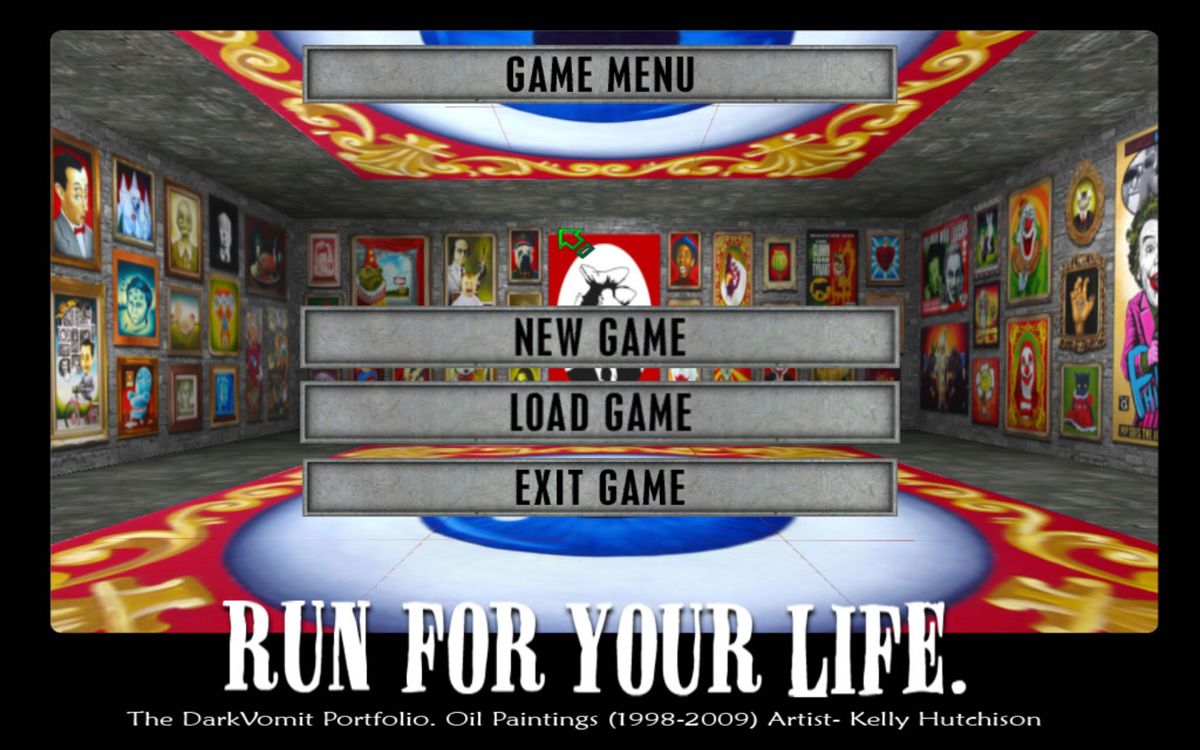
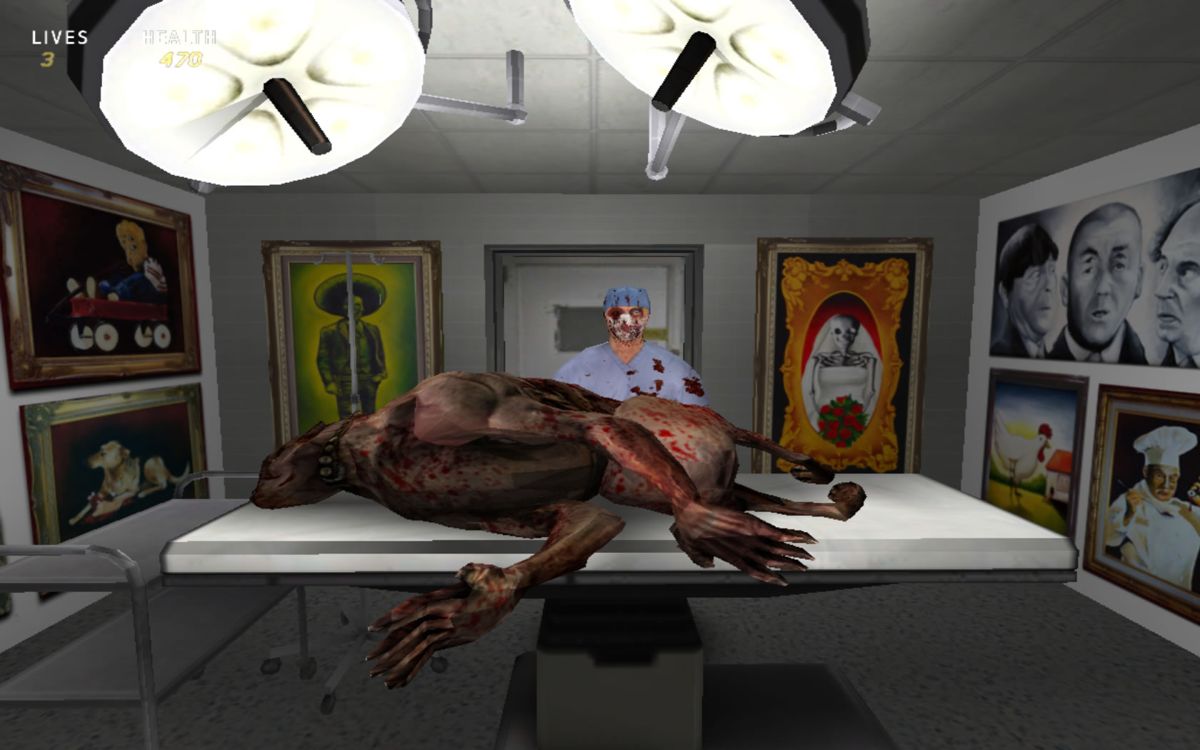
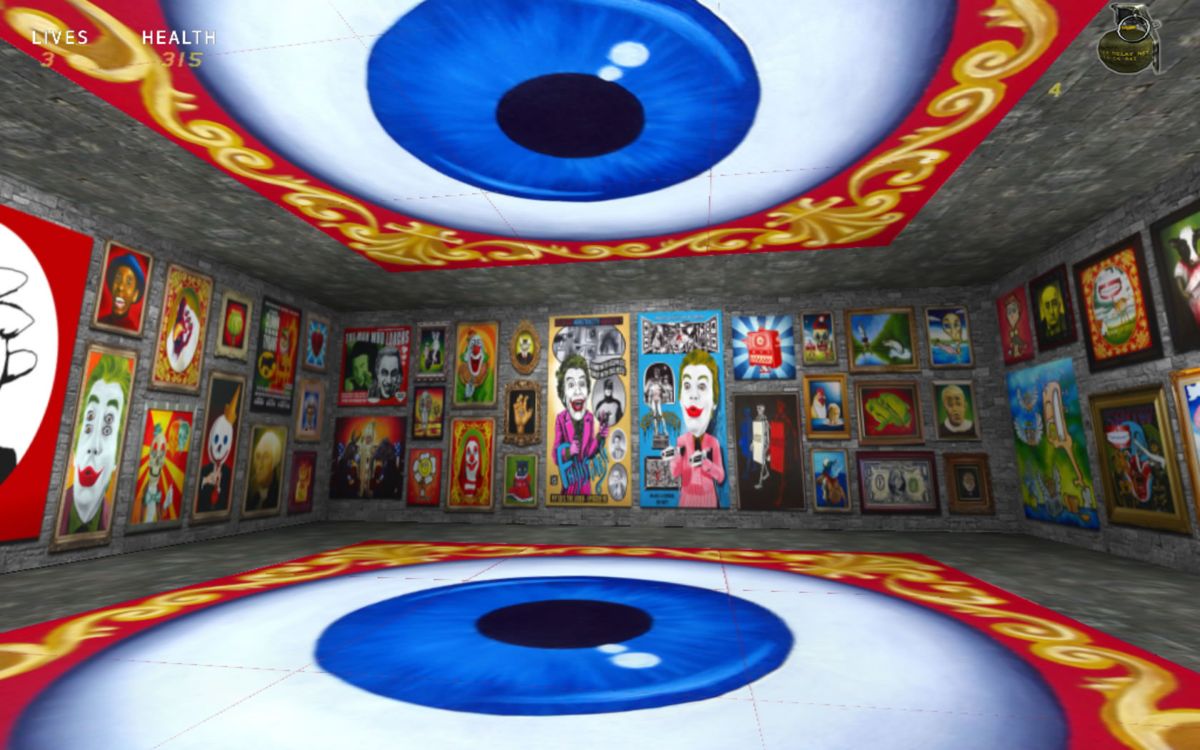
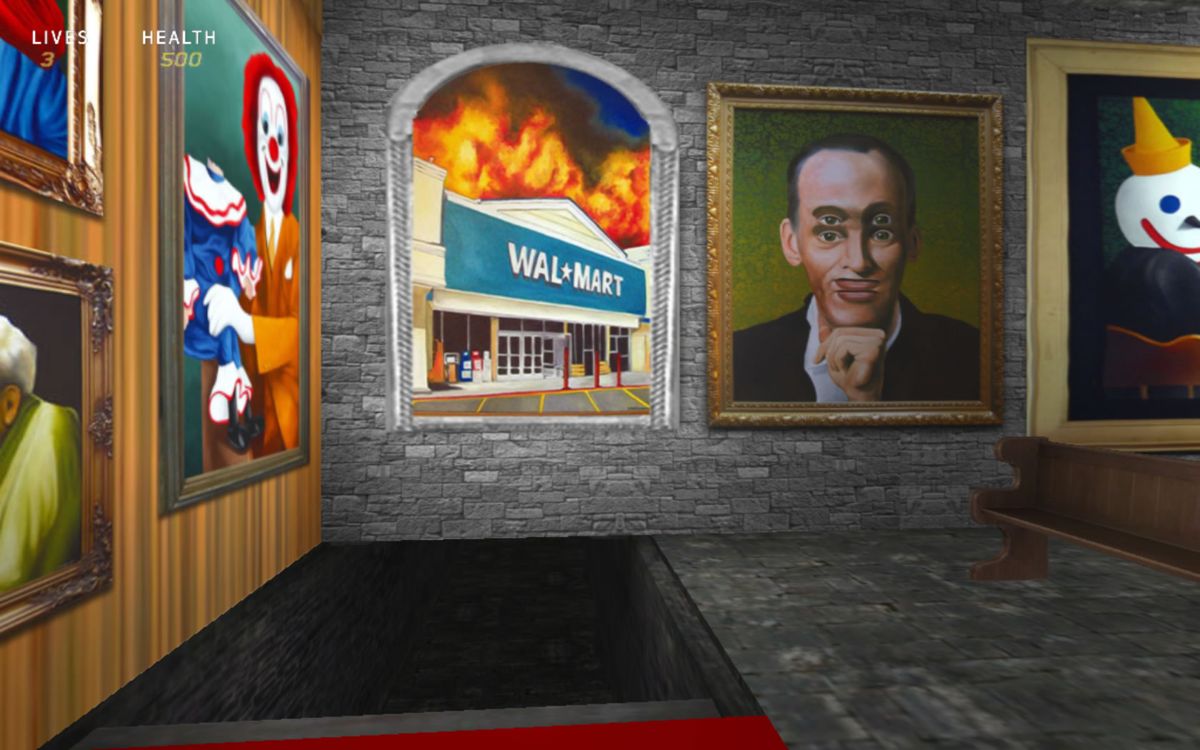
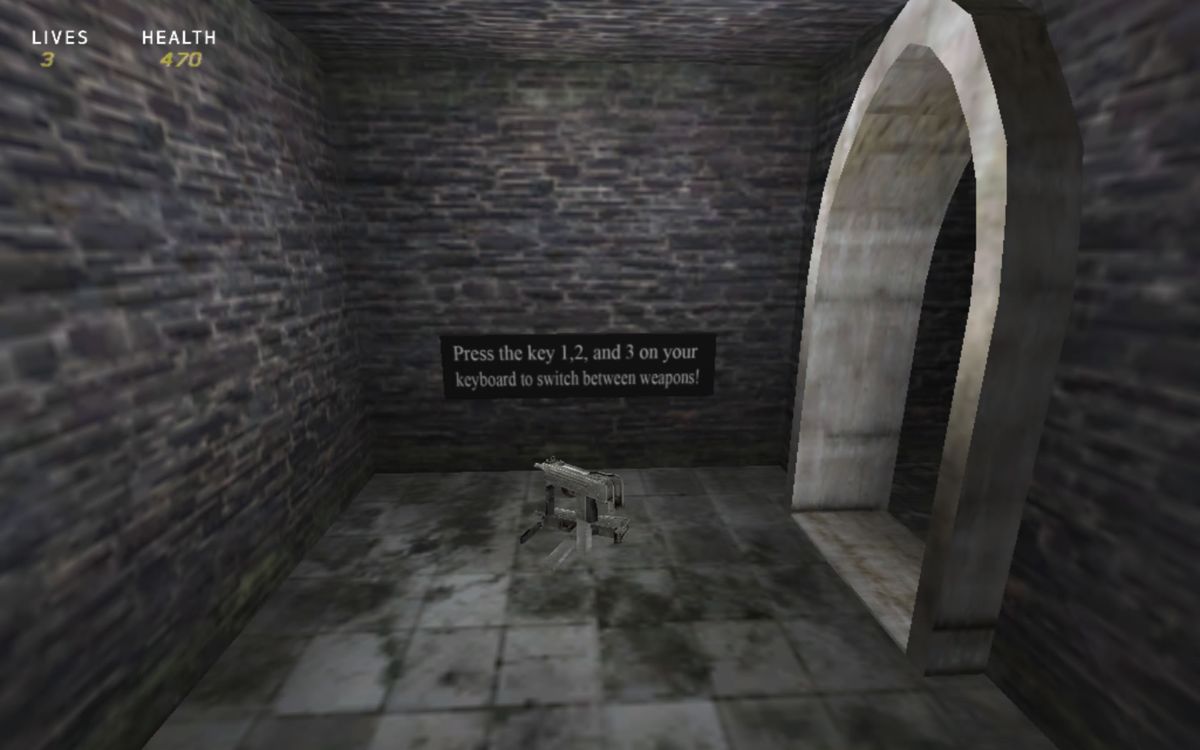
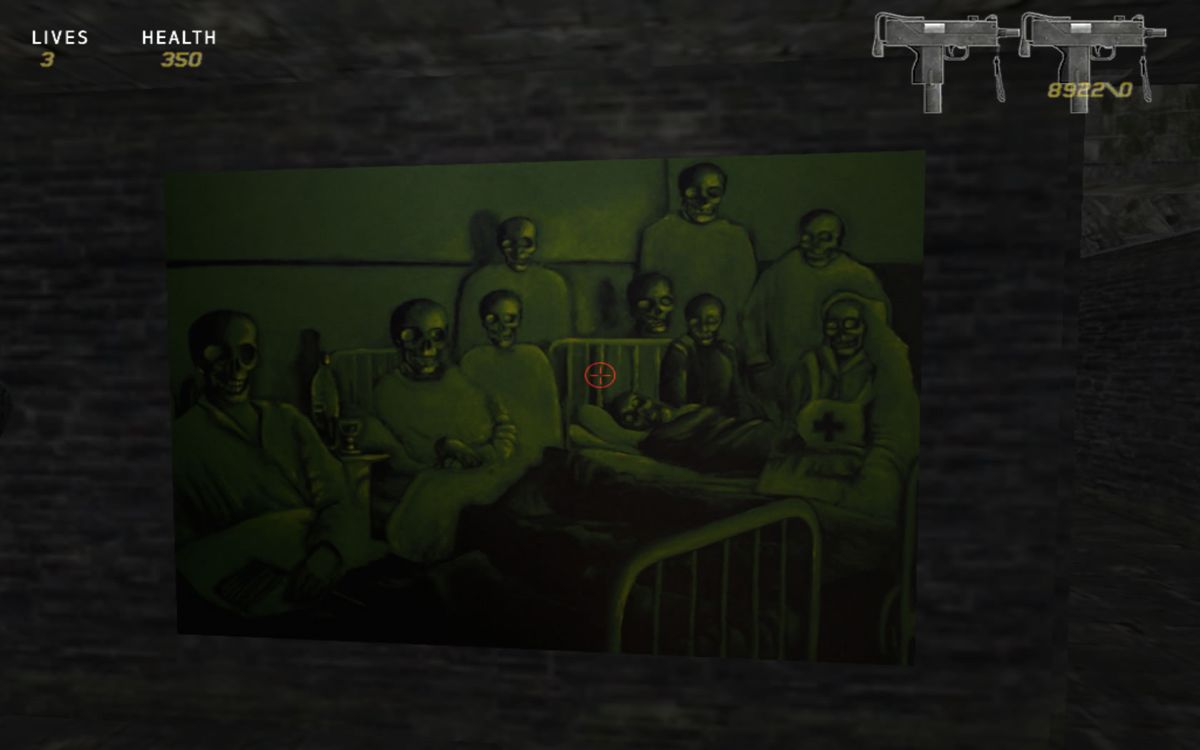



Reviews
There are no reviews yet.